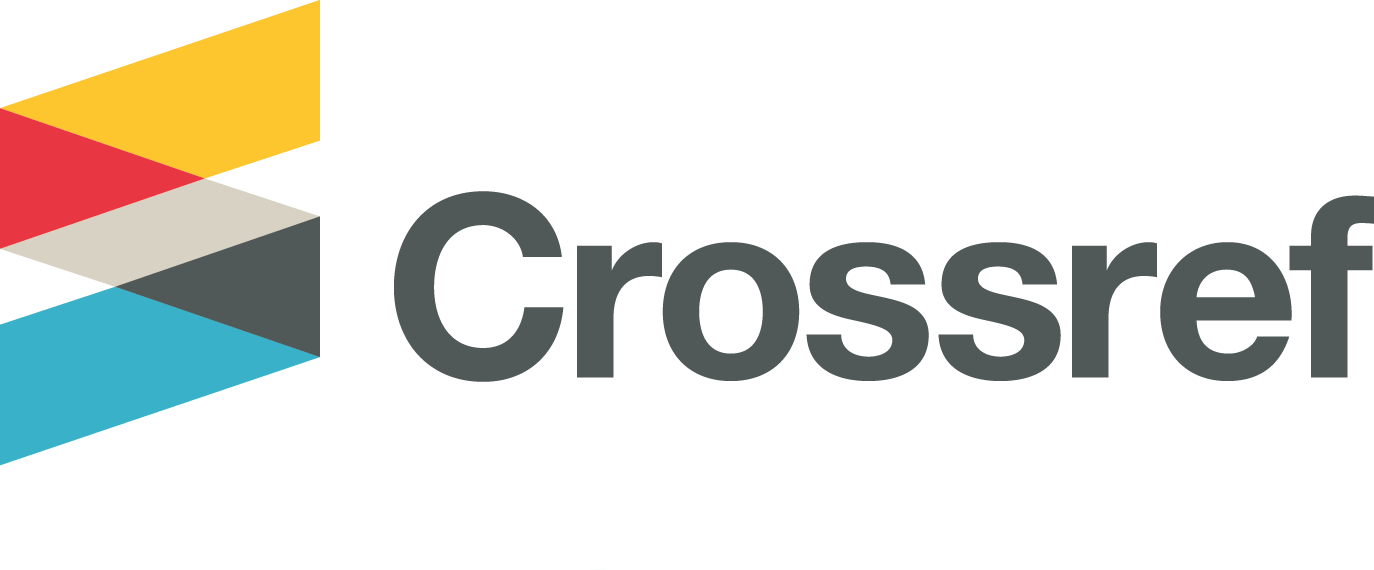Intensitas Mengakses Internet dengan Perilaku Phubbing
Abstract
Keywords
Full Text:
PDFReferences
Ajo. (2014). Kemkominfo: Pengguna internet capai 82 juta. Kemkominfo.Com, 1–2. http://kominfo.go.id/index.php/content/detail/3980/Kemkominfo%3A+Pengguna+Internet+di+Indonesia+Capai+82+Juta/0/berita_satker#.VQaCovmUf3E.
Ali, M., & Asrori. (2011). Psikologi remaja – Perkembangan peserta didik. Cetakan ketujuh. Jakarta: PT. Bumi Aksara.
Arikunto, S. (2010). Prosedur penelitian suatu pendekatan praktek Edisi V. Jakarta: Rineka Cipta.
Azwar, S. (2016). Metode penelitian. Yogyakarta: Pustaka Pelajar
Chaplin, J. P. (2011). Kamus lengkap Psikologi. Diterjemahkan: Kartini Kartono. Jakarta: PT. Radja Grafindo Persada.
Chotpitayasunondh, V., & Douglas, K. M. (2016). How “phubbing” becomes the norm: The antecedents and consequences of snubbing via smartphone. Computers in Human Behavior, 63, 9–18. https://doi.org/10.1016/j.chb.2016.05.018
Dayaksini, T., & Hudaniah. (2009). Psikologi social. Malang: UMM Press.
David, M. E., & Roberts, J. A. (2017). Phubbed and alone: phone snubbing, social exclusion, and attachment to social media. Journal Conncected World, 2(2), 1–10. https://doi.org/10.1086/690940
Fatnar, V. N., & Anam, C. (2014). Kemampuan interaksi sosial antara remaja yang tinggal di pondok pesantren dengan yang tinggal bersama keluarga. Jurnal Fakultas Psikologi, 2(2), 71-75.
Haigh, N. (2012). Stop phubbing. Diakses pada 15 Desember 2019 dari stopphubbing.com.
Hanika, I. M. (2015). Fenomena phubbing di era milenial. Jurnal Interaksi, 4(1), 42–51.
Haomasanan, P., & Nofharina, N. (2018). Pengaruh penggunaan smartphone terhadap pola komunikasi interpesonal siswa smp negeri 50 bandung. Jurnal Komunikasi, 12(1), 1–7.
Istiqomah, S. N. (2015). Pengaruh kematangan emosi dan kecerdasan social terhadap interaksi sosial siswa program akselerasi. (Skripsi) Malang: Universitas Islam Malang.
Jannah, M. (2016). Pengaruh metode applied behavior analysis terhadap peningkatan kemampuan interaksi sosial pada anak autis. (Tesis). UIN Sunan Ampel Surabaya.
Karadag, E., Tosuntas, S. B., Erzen, E., Duru, P., Bostan, N., Sahin, B. M., Culha, I., & Badabag, B. (2015). Determinants of phubbing, which is the sum of many virtual addictions: a structural equation model. Journal Behav Addict, 4(2), 60-74.
Karadeg, E., Tosuntas, S. B., Erzen, E., Duru, P., Bostan, N., & Sahin, B. O. (2016). The Virtual World’ s Current Addiction: Phubbing. The Turkish Journal on Addictions, 1(1), 1–20. https://doi.org/10.15805/addicta.2016.3.0013
Kelley, J., Evans, M. D. R., & Sikora, J. (2014). Scholary culture and academic performance in 43 nations. Social Forces, 92(4), 1573-1605.
Mahmudah, S. (2010). Psikologi social. Malang: UIN Maliki Press.
Normawati, M. S., & Priliantini, A. (2018). Pengaruh kampanye “let’s disconnect to connect” terhadap sikap anti phubbing (survei pada followers official account line starbucks indonesia). Jurnal Komunikasi, Media Dan Informatika, 7(3), 155–164.
Pathak, S. (2013). McCann Melbourne made up a word to sell a print dictionary: New campaign for Macquarie birthed ’phubbing’. Diakses pada 3 Februari 2020, dari https://www.researchgate.net/publication/322682365 the effect of phubbing on social interaction.
Phincot. (2010). How mobile technology is changing out culture. CONISAR Proceedings USA: Conference on Information Systems Applied Research.
Raho, B. (2004). Sebuah pengantar sosiologi. Surabaya: Sylvia.
Santoso, S. (2015). SPSS20 Pengolahan data statistik di era informasi. Jakarta: PT. Alex Media Komputindo.
Santrock, J. W. (2010). Remaja (edisi Kesebelas). Jakarta: Erlangga.
Sarwono, J. (2006). Metode penelitian kuantitatif dan kualitatif. Yogyakarta: Graha Ilmu.
Sariani, D. (2014). Pengaruh penggunaan smartphone terhadap komunikasi interpersonal masyarakat kota batam. CBIS Journal, 2(2), 10–31.
Sujidno, A. (2010). Pengantar Statistik Pendidikan. PT Radja Grafindo Persada.
Syifa, A. (2020). Intensitas penggunaan smartphone, prokrastinasi akademik, dan perilaku phubbing Mahasiswa. Jurnal Bimbingan Dan Konseling, 10(1), 83–96. https://doi.org/10.25273/counsellia.v10i1.6309
Slamet. S. (2010). Teori—teori psikologi sosial. Bandung: Refika Aditama.
Susanto, A. D. (2014). Pertumbuhan penjualan smartphone di Indonesia. Di akses 12 Desember 2019, dari https://www.merdeka.com/teknologi/pertumbuhan-penjualan-smartphone-di-indonesia-10-15-persen.html
Varoth, C., & Karen, M. D. (2017). The effects of phubbing on social interaction. Journal of Applied Social Psychology, 2-40.
Walgito, B. (1980). Bimbingan dan penyuluhan di Sekolah. Yogyakarta: Fakultas Psikologi UGM.
Youarti, Indah, E., & Hidayah, N. (2018). Perilaku phubbing sebagai karakter remaja generasi z. Jurnal Fokus Konseling, 4(1), 143-151.
Zhang, K. Z., Chen, C., & Lee, M. K. (2014). Understanding the role of motivies in smartphone addiction. Pacific Asia Conference on Information System, 1(1),10-31.
DOI: http://dx.doi.org/10.30872/psikoborneo.v9i1.5662
Refbacks
- There are currently no refbacks.
Copyright (c) 2021 Psikoborneo: Jurnal Ilmiah Psikologi

This work is licensed under a Creative Commons Attribution-ShareAlike 4.0 International License.
PSIKOBORNEO: Jurnal Ilmiah Psikologi Published by Faculty of Social and Political Siences, University of Mulawarman, Samarinda, East Kalimantan and This work is licensed under a Creative Commons Attribution-ShareAlike 4.0 International License.
________________________________________
PSIKOBORNEO: Jurnal Ilmiah Psikologi
Department of Psychology
Faculty of Social and Political Siences, University of Mulawarman
Jl. Muara Muntai Kampus Gn. Kelua Samarinda 75411
Phone: +62 813 35350368
E-Mail: psikoborneo@gmail.com / psikoborneo@fisip.unmul.ac.id
















